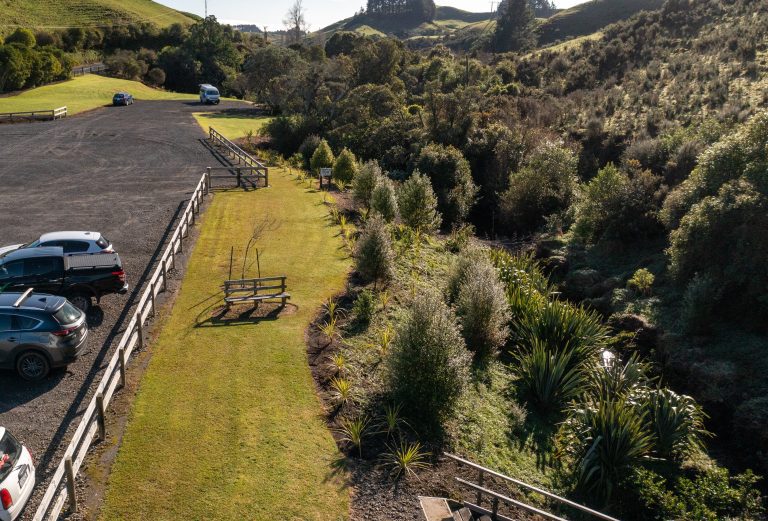McKee Mangahewa
The McKee field was first discovered in 1980 by state-owned Petrocorp Exploration Ltd. Together with the neighbouring Mangahewa field, there are now more than 30 wells and associated wellsite facilities supplying Todd Energy's McKee Mangahewa Production Station.
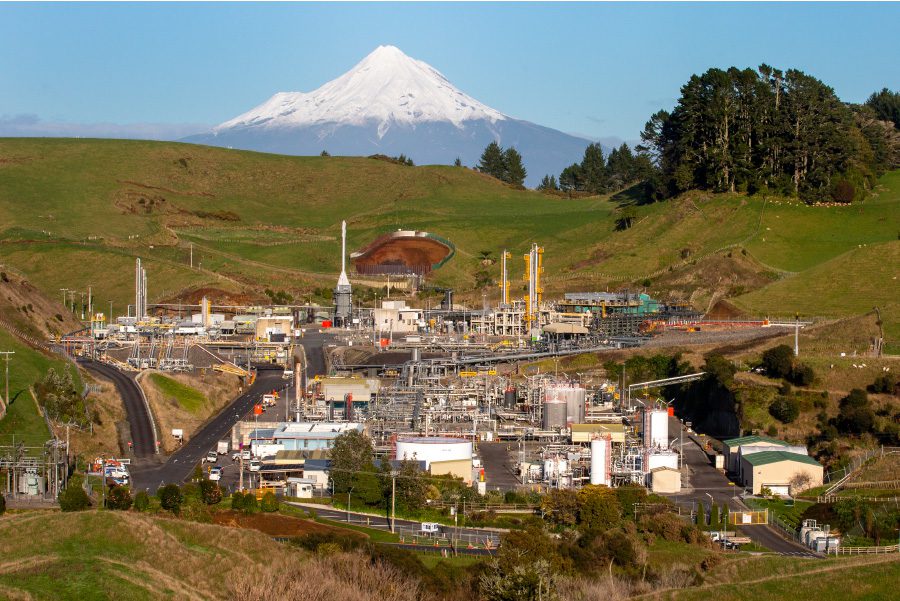
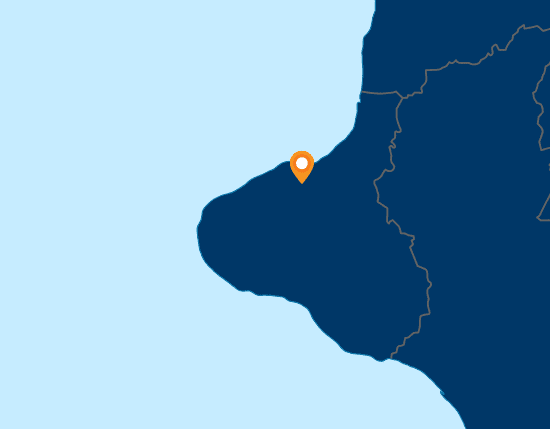
Field location
Mckee field history
The McKee oil field was discovered in 1980 by state-owned Petrocorp Exploration Ltd. Over the next four years a number of accumulations in adjoining fault blocks were discovered, Pouri, Pukemai, Tuhua and ToeToe. It soon became apparent that these compartments formed part of the overall McKee field.
The geologically complex McKee structure is a major thrust fault, with a north-east direction. The hydrocarbon accumulation occupies a steep south-easterly dipping (up to 60o) sandstone reservoir sequence truncated against a deep thrust fault 2000-2400m below sea level. The field is cut by a number of lesser reverse and normal faults.
The oil was located in an oil rim, located on the flank of the structure, with a natural gas cap overlying this rim in the crestal part of the field. Due to compartmentalisation, the original fluid contacts varied from block to block.
Production from the field commenced in early 1984.
With an active drilling programme oil production was initially maintained around 10,000 bbls, but in the early ‘90s oil production declined steadily, while at the same time gas and water production increased.
Production from the field commenced in early 1984.
In 1988 Petrocorp Exploration was sold to Fletcher Challenge Energy (FCE), which was acquired by Shell in 2001. To achieve Commerce Commission clearance for their purchase of FCE, Shell sold the McKee asset (PML 38086), and the nearby Mangahewa asset (PMP 38150), to Todd Taranaki Ltd.
In 1988 Petrocorp Exploration was sold to Fletcher Challenge Energy (FCE), which was acquired by Shell in 2001. To achieve Commerce Commission clearance for their purchase of FCE, Shell sold the McKee asset (PML 38086), and the nearby Mangahewa asset (PMP 38150), to Todd Taranaki Ltd.
Since acquiring these assets, the steep decline of oil production has been slowed and the reserves have been reassessed. In recognition of the higher natural gas reserves, Todd increased the natural gas processing capacity by 40%, while at the same time it commenced gas reinjection in order to enhance the oil production and ultimate recovery.
A total of forty wells have been drilled from 13 well sites distributed on the surrounding farmlands and oil, natural gas and water flow via an extensive in-field pipe network to the McKee-Mangahewa production station for processing.
Mangahewa field history
The Mangahewa structure was recognised as a prospect in the early days of exploration in New Zealand, with the exploration well Mangahewa-01 drilled in 1961 by the Shell-BP-Todd Joint Venture. The well found traces of gas in the Kapuni Group (ca. 3500-3600m below sea level), and on testing produced water with a small, sub-economic amount of gas (1-2 mmscf/d). The well was subsequently plugged and abandoned.
Further exploration occurred in the mid-1990s, with Fletcher Challenge Energy drilling the Mangahewa-02 natural gas discovery well (1996/97) in this low relief anticline situated to the west of the McKee overthrust. This was followed by short and long term production testing of this well (1997), acquisition of 3D seismic (1997), and testing of the northern flank of the Mangahewa structure with Ohanga-2 well (1998).
Permanent production from the field commenced in September 2001.
In 2001 Fletcher Challenge Energy (FCE) was sold to Shell, and, to achieve Commerce Commission clearance for their purchase of FCE, Shell on sold the Mangahewa asset (PMP 38150), and the nearby McKee asset (PML 38086), to Todd Taranaki Ltd.
Since acquiring these assets, Todd Energy has reassessed the reserves and appraisal/ development opportunities within the Kapuni Group based on well performance and subsurface studies. This has resulted in the drilling of appraisal wells Mangahewa-03 (2007), Mangahewa-04 (2009), and Mangahewa-06 (2009).
The results of those appraisal wells provided the foundation for the Mangahewa Expansion Project, which was formally announced in January 2012 in conjunction with a 10-year natural gas sales agreement between Todd and Methanex. This expansion project targeted to mature 450 PJ of contingent natural gas resources into 2P gas reserves. The Mangahewa Expansion Train 2 was commissioned in 2014 and more than doubled Todd’s raw gas processing capacity from 20 to 45 petajoules a year.
In late 2011 an LPG recovery plant (27,000 tonne/annum) was commissioned, which can run on imported Pohokura natural gas and/or McKee-Mangahewa natural gas.
Field facilities
The McKee network currently consists of multiple wells linked by product gathering lines to the McKee Mangahewa Production Station. At the production station, the well fluids are processed (separated and stabilised) into a natural gas stream, an oil stream and water. The treated natural gas is compressed and injected into the natural gas export lines.
The Mangahewa facilities consist of over 30 wells with associated wellsite facilities, connected via multiple gathering lines to the McKee-Mangahewa Production Station. Fluids are treated in a two high-pressure natural gas train with the combined capacity of 45 PJ a year.
Our people
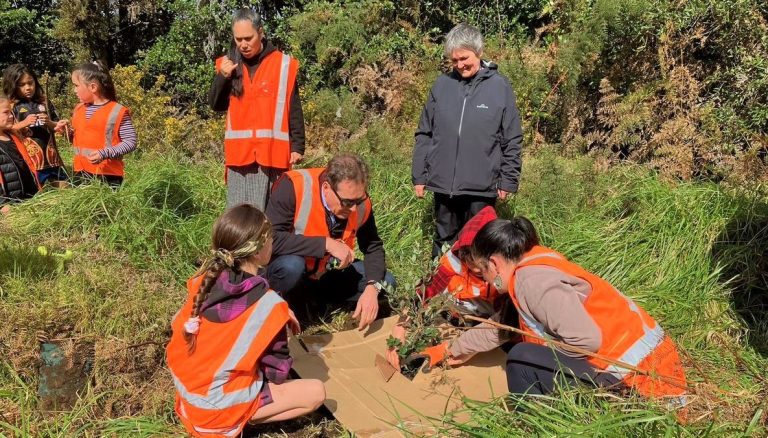
Our partnership with Ngāti Mutunga
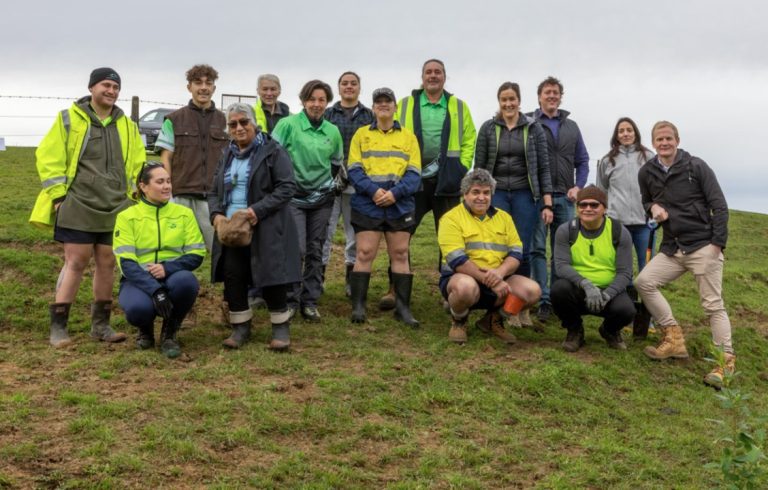
Planting at Todd Energy’s Mangahewa C site
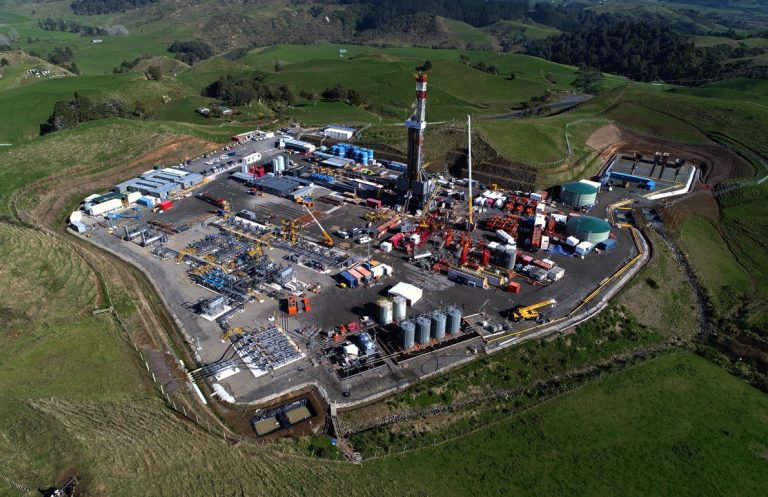
A day in the life of a Drilling Engineer at Todd Energy
Our community stories

Our partnership with Ngāti Mutunga

Planting at Todd Energy’s Mangahewa C site
